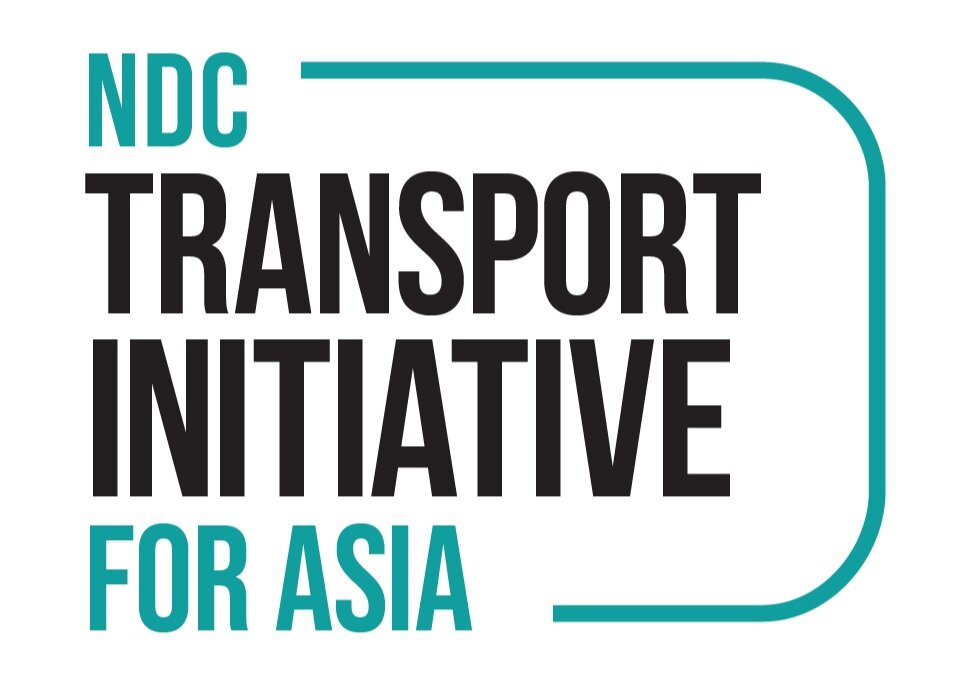Market analysis of two- and three-wheeler vehicles in key ASEAN member states
By Huong Le and Zifei Yang
This paper presents a profile of the two- and three-wheeler (2&3W) market in seven ASEAN member states and could be used to support future policy development in mitigating the negative environmental impacts of 2&3Ws. Future policy initiatives might support production of electric 2Ws and 3Ws, promote and integrate electric 2Ws and 3Ws in transport systems, and limit the increase in the number of internal combustion engine 2&3Ws. This work can also shed light on the impact of the COVID-19 pandemic on the market, as the time frame covers 2019 and 2020.
Read more at theicct.org.

